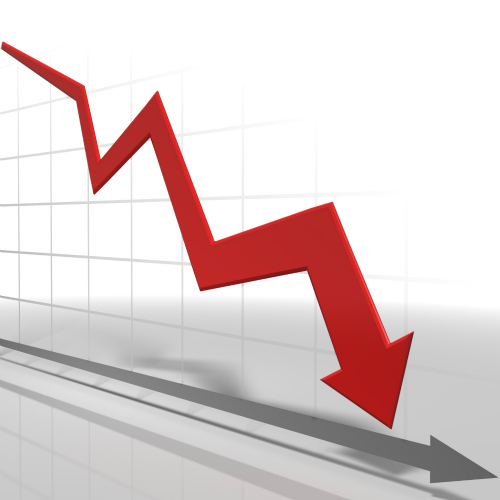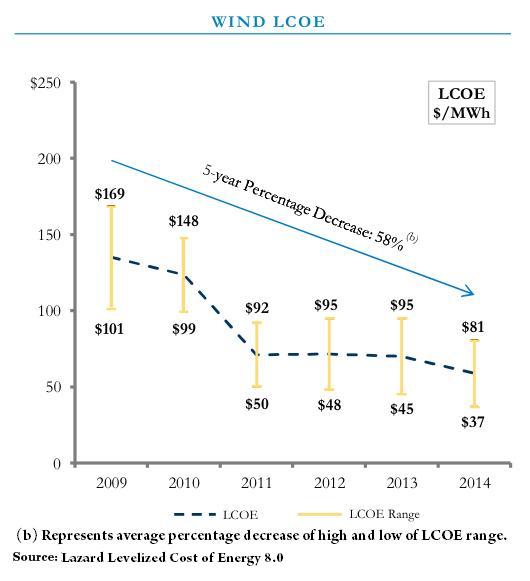 Utility-scale wind and solar power are increasingly cost-competitive with traditional energy sources such as coal and nuclear, even without subsidies, according to a new report from financial advisory and asset management firm Lazard.
Utility-scale wind and solar power are increasingly cost-competitive with traditional energy sources such as coal and nuclear, even without subsidies, according to a new report from financial advisory and asset management firm Lazard.
The study, titled ‘Levelized Cost of Energy Analysis – Version 8.0,’ also highlights the ongoing need for diverse power generation technologies, especially in regions with limited renewables resources.
“The economics of alternative energy have changed dramatically in the last decade,” comments George Bilicic, vice chairman and global head of Lazard’s Power, Energy & Infrastructure Group. “Utilities still require conventional technologies to meet the energy needs of a developed economy, but they are using alternative technologies to create diversified portfolios of power generation resources.”
The study offers a variety of insights, including the following:
– Land-based wind generation costs continue to decline dramatically. The study estimates that the levelized cost of energy (LCOE) of leading wind technologies has fallen by more than 15% in the past year and nearly 60% in the last five years. However, the report does note that offshore wind generation is currently at least twice as expensive as land-based wind and, therefore, not cost-competitive without subsidies.

– The costs of generating electricity from all forms of utility-scale solar photovoltaic (PV) technology also continue to decline dramatically. The study estimates that the LCOE of leading PV technologies has fallen by nearly 20% in the past year and nearly 80% in the last five years. The report says that in many parts of the world, utility-scale solar PV continues to increase its cost advantage over conventional generation as a source of peak energy, without any subsidies (appreciating the important qualitative differences related to dispatch characteristics and other factors). However, the report adds that without subsidies, residential-scale solar PV (rooftop solar panels) remains considerably more expensive than utility-scale solar PV, raising the question of whether subsidies are distorting the long-term energy planning process.
– The study says battery storage technologies, a potential complement to intermittent energy resources such as wind or solar, continue to be very expensive and not cost-competitive without subsidies. However, the LCOE of “next generation” battery storage technologies could decline by as much as 40% by 2017, given expected reductions in capital costs, operations and maintenance costs, and improvements in efficiency.
– Large-scale conventional generation projects (such as IGCC or nuclear) continue to face a number of challenges, including high absolute costs, significant cost contingencies, competition from natural gas in many parts of the world, and policy uncertainty. However, notwithstanding these issues, the report says alternative energy sources will not be capable of meeting the baseload generation needs of an advanced economy for the foreseeable future.
Lazard’s full report is available here.



